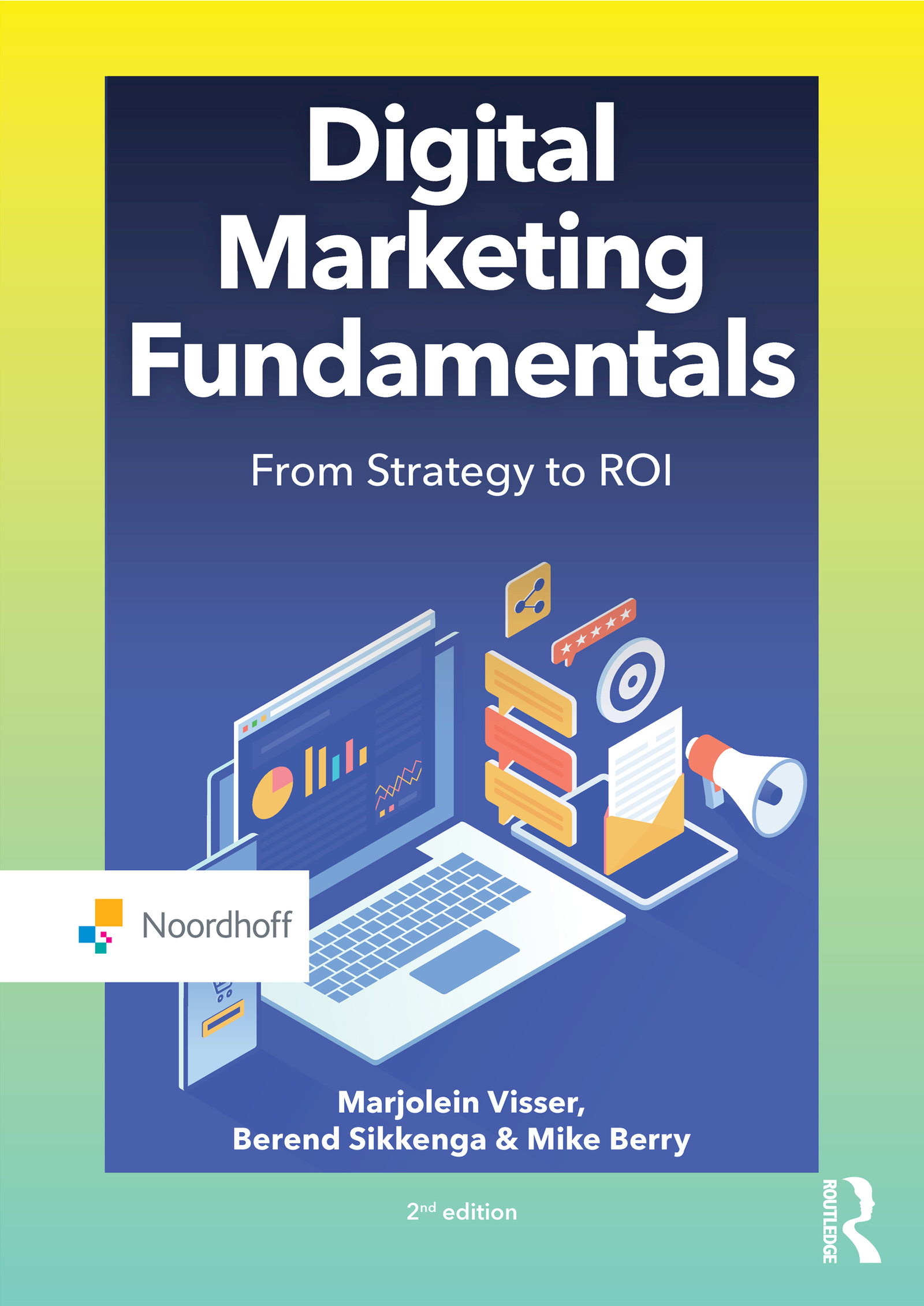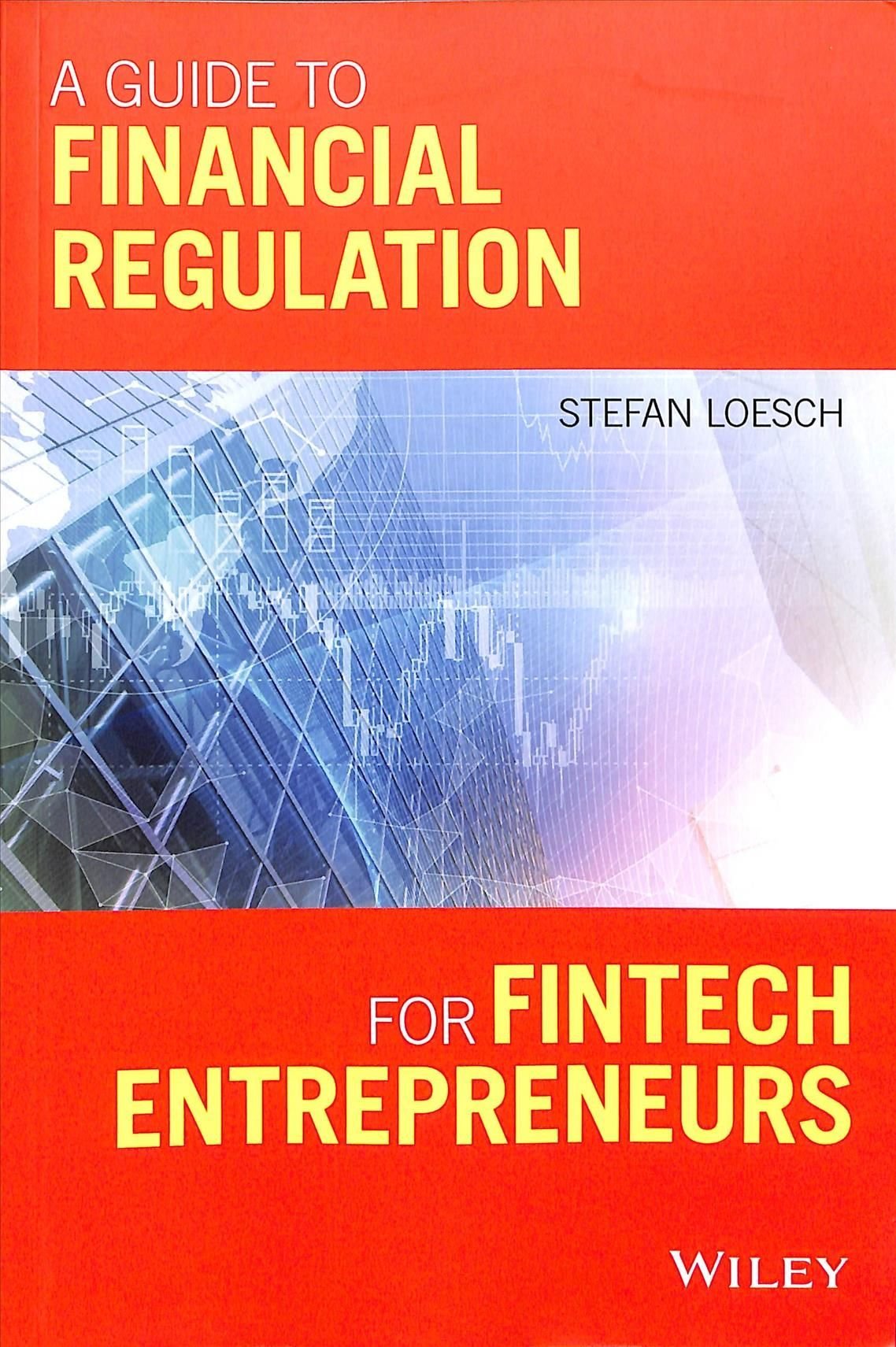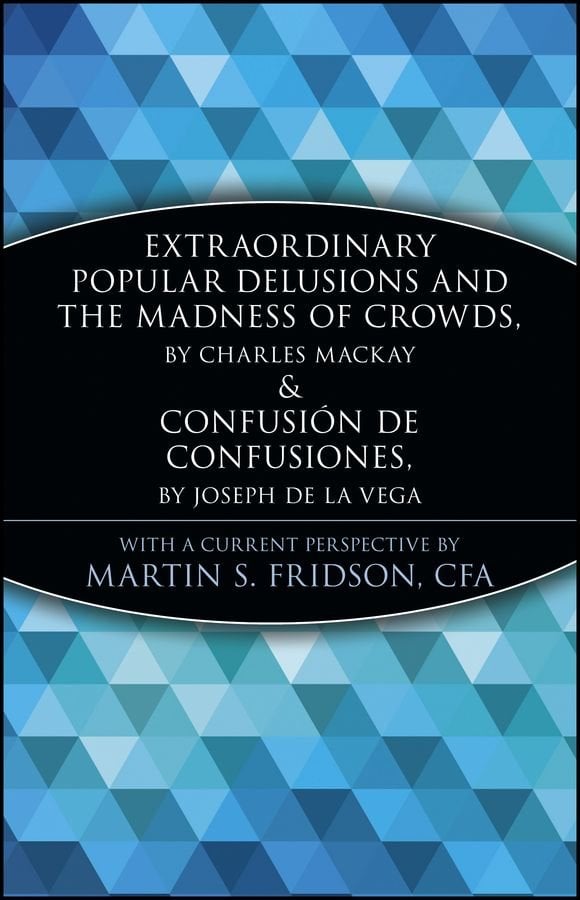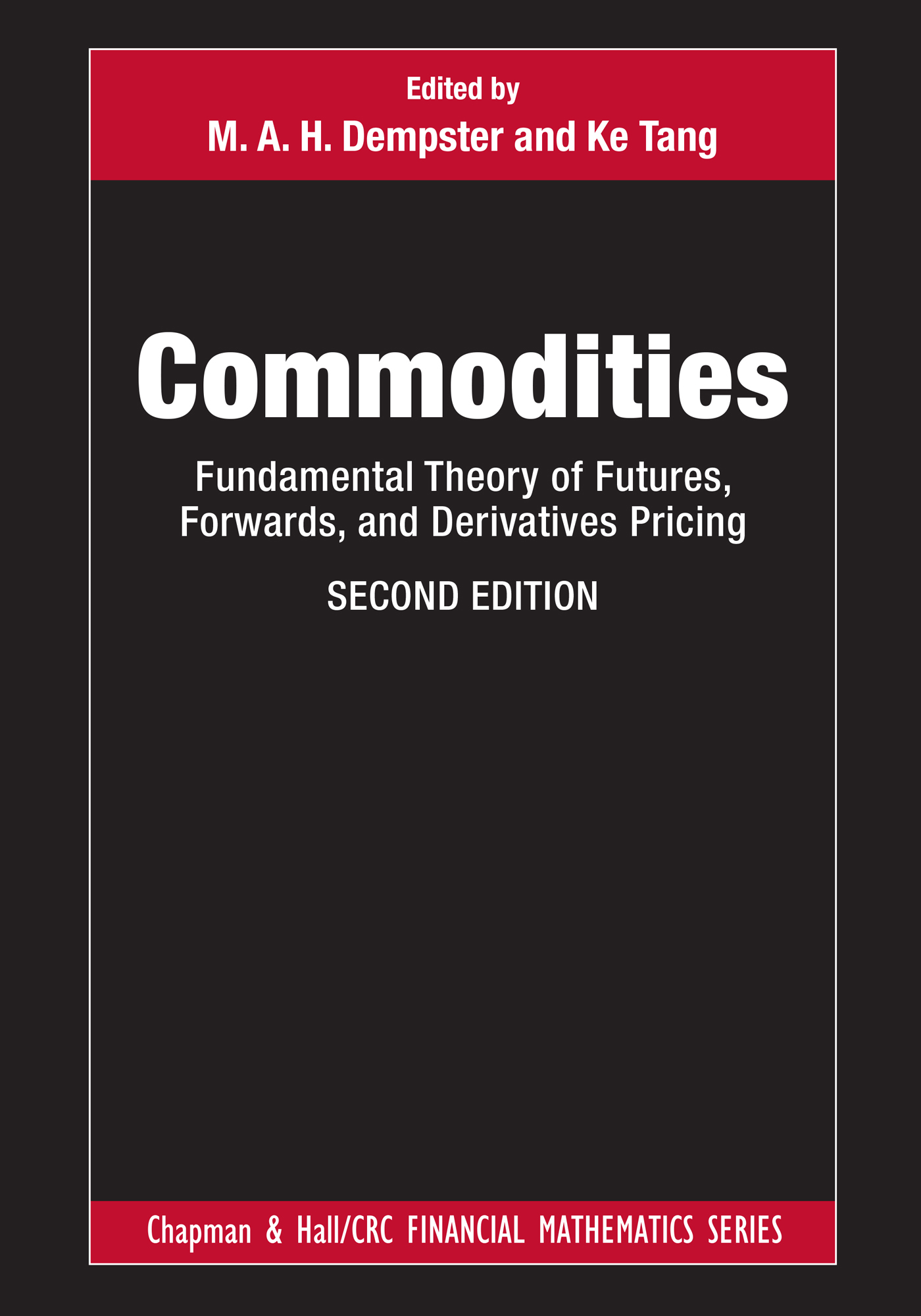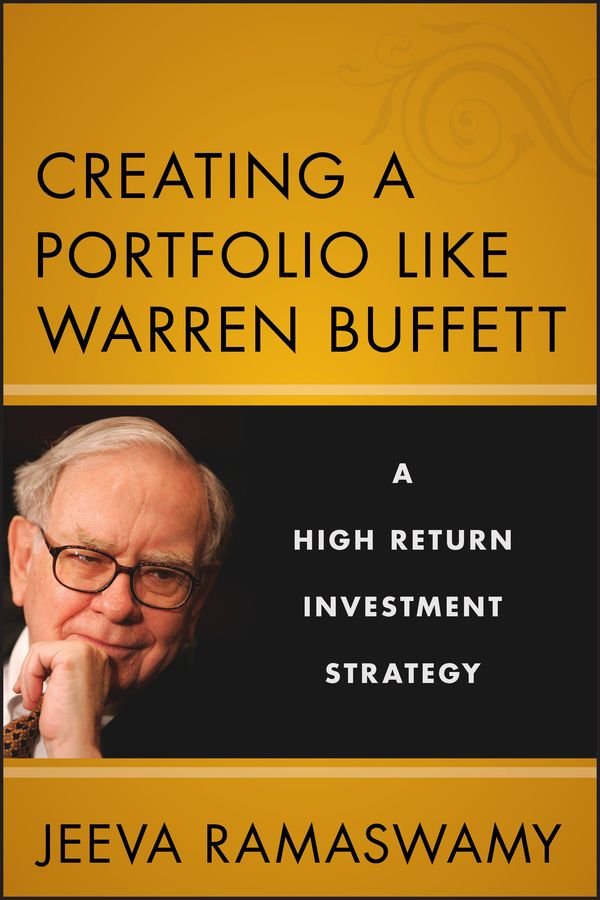Asset pricing theory aims at linking an asset’s higher return to its higher risk exposure. However, the Capital Asset Pricing Model (CAPM) of Sharpe (1964) and Lintner (1965), the most widely taught model in business and economics classes, has been largely contested in the literature by researchers finding anomalous patterns in equity returns. Based on the failure to match the CAPM with empirical data, researchers have been in an ongoing dispute whether the anomalous behavior in equity returns is still reconcilable with market equilibrium and, therefore, with a risk-based explanation, or must be seen as consequences of investors’ irrational behavior and the agency costs of professional investment management. To support a rational pricing story, Fama and French (1992, 1993, 1996) develop a three-factor model that is highly successful in c- turing the two well-known anomalies related to a stock’s market capitalization and valuation level, the size and book-to-market effects. They argue that their model must be seen in the context of Merton’s (1973) Intertemporal Capital Asset Pricing Model (ICAPM) so that their size and book-to-market factors act as state variables capturing the investor’s hedging motives. They consider relative distress risk as the economic source of the common variation in stock returns related to their factors.


